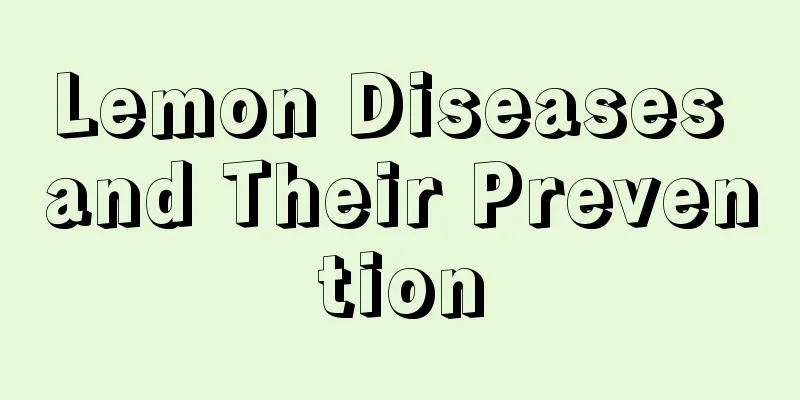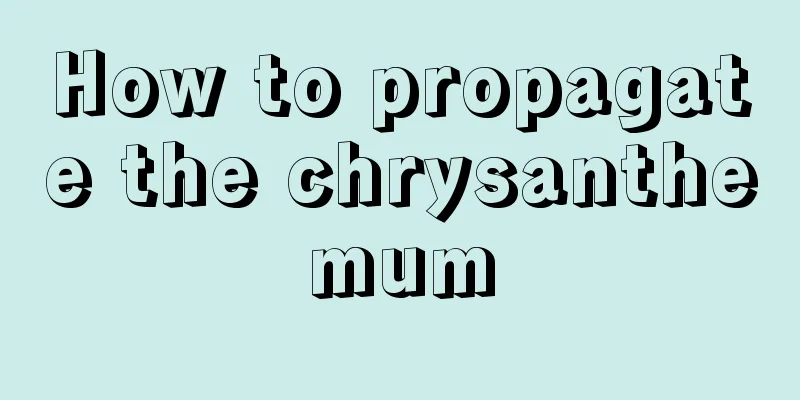Lemon Diseases and Their Prevention

Lemon scabSymptoms and occurrenceThe disease mainly harms new shoots, young leaves, young fruits and leaves. The symptoms include funnel-shaped protrusions on the back of the leaves and sunken leaf surfaces. In severe cases, the leaves become deformed, the treetops become shorter, and the fruits have many tumor-like protrusions. The disease is caused by fungi and is spread by wind, rain and insects. Rainy and humid weather is an important condition for the onset of the disease. Prevention and treatment methods①Prune regularly and remove diseased leaves and branches. ② Spray the medicine 2-3 times each time the shoot grows 1-2 cm and when the flowers fall. Usually use 600-800 times of 70% thiophanate or 600-800 times of 50% carbendazim. Lemon cankerSymptoms and occurrenceThis disease mainly harms branches, leaves and fruits. The diseased leaves initially develop yellow, oily pinhole-like spots, which gradually expand into circular spots. The spots on both sides of the leaves become raised, the middle part becomes sunken and cracked, and appears gray-brown and rotten, with a yellow halo around it. When infected with the disease, the leaves do not become deformed but often fall off early, and the lesions on the fruits and branches are similar to those on the leaves. The disease is caused by bacteria and spread by rain and insects. High temperature, humidity, typhoons and rainy days can easily lead to illness. Prevention and treatment methods① Pay attention to quarantine to prevent the introduction of diseased seedlings and fruits. ② Spray medicine. When the new shoots grow to 4-5 cm, spray with 600-800PPm of streptomycin, 1000-1200 times of Copper Master, and 1200-1500 times of Shigao, which can kill 600-800 times. Lemon sooty moldSymptoms and occurrenceLemon sooty mold harms leaves, branches, and fruits. When the disease occurs, a thin layer of dark brown mildew appears on the surface at first, which then spreads and even connects to form hair-like protrusions and a black film-like mildew layer. The sooty layer on the diseased leaves is easy to peel off, and sometimes there are small black spots. The pathogen uses the honey dew secreted by whiteflies, scale insects, aphids, etc. as nutrients. In addition to affecting photosynthesis, it also secretes toxins that cause plant growth to weaken and fruit quality to decline. Prevention and treatment methods① Strengthen pest control. When pests occur, spray 800-1000 times of cypermethrin or 600-800 times of whitefly killer. ②At the beginning of the disease, use 2500-4000 times of Xinsheng. ③ Strengthen management and prune branches reasonably to facilitate ventilation. |
<<: Diseases and their control of Strelitzia reginae
>>: Diseases and Pests of Grape Hyacinth and Their Control
Recommend
Leek Planting Time and Method
Leek planting time Leeks can be planted in spring...
When is the best time to repot the Desert Rose (the temperature that the Desert Rose is suitable for repotting and growing)
What is the room temperature suitable for repotti...
Cultivation methods and precautions of large-leaf jasmine
1. Breeding methods 1. Soil: Acidic soil or neutr...
When does plumeria bloom?
Plumeria flowering period Plumeria blooms in summ...
What to do if the leaves of iron jasmine turn yellow
1. Caused by light Jasmine is a plant that loves ...
How to treat black spot disease of Kalanchoe
1. Diseases 1. If the plant has black spot diseas...
How and when to plant large-leaf chrysanthemum? What is the best season to plant it?
Suitable planting time for Artemisia chrysanthemu...
How to grow onion flowers
1. Suitable loam Choosing suitable loam is a basi...
How to fertilize Anthurium
1. How to fertilize Anthurium can be fertilized r...
How to fertilize coleus
Fertilization method of coleus: Apply enough base...
When is the best time to plant sweet potato flowers?
Sweet potato flower is also called dahlia. It has...
How many years does it take for loquat seedlings to bear fruit?
In many areas of our country, loquat trees are a ...
What to do if the rubber tree seedlings are not growing? How to promote the growth of rubber tree seedlings
1. Change the soil in time Reason: The failure of...
What is the best month to plant hornwort?
When to plant radish The planting time of iris is...
Balcony placement and maintenance of petunias in four seasons
Spring placement and care of petunias In spring, ...









